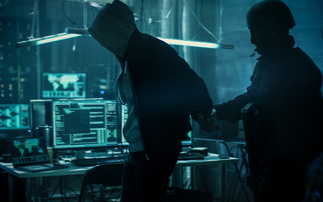McAfee claims 'New Romanic Cyber Army Team' likely behind four-year cyber campaign
A high-profile cyber attack on government and business PCs in South Korea in March 2013 was not an isolated incident, but was instead the culmination of a four-year-long cyber espionage campaign, c...
To continue reading this article...
Join Computing
- Unlimited access to real-time news, analysis and opinion from the technology industry
- Receive important and breaking news in our daily newsletter
- Be the first to hear about our events and awards programmes
- Join live member only interviews with IT leaders at the ‘IT Lounge’; your chance to ask your burning tech questions and have them answered
- Access to the Computing Delta hub providing market intelligence and research
- Receive our members-only newsletter with exclusive opinion pieces from senior IT Leaders




















